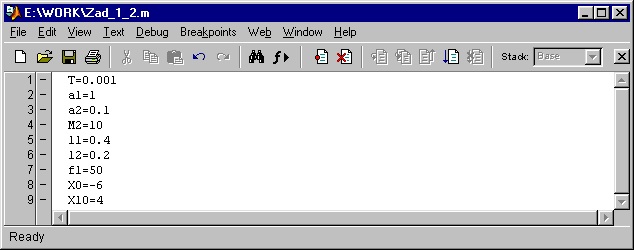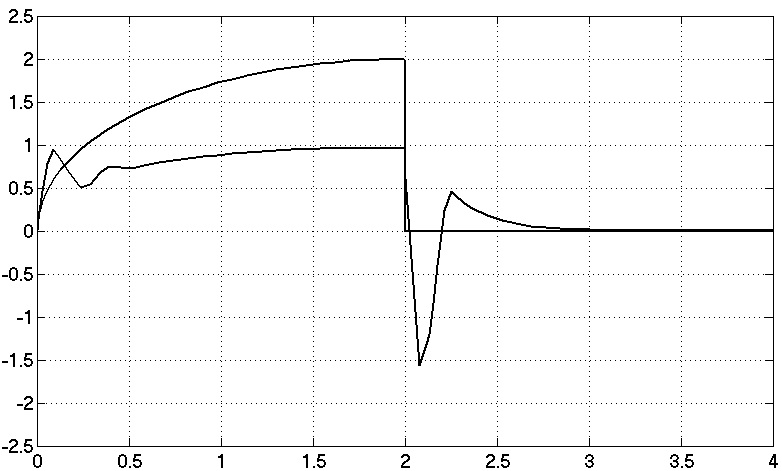Lecturer: Ph.D., Associate Professor Alexander DANILIN
The purpose of the discipline
The purpose of studying the discipline is the formation of students’ competencies:
– the ability to build complex models of electrical systems;
– the ability to create universal, most effective algorithms for the study of electrical systems on a computer.
The study of the material of this discipline is focused on the widespread use of computer technology and programming.
The main tasks of the discipline.
According to the requirements of the educational-professional program, students after mastering the discipline must demonstrate the following learning outcomes:
KNOWLEDGE:
– know the basic generalized methods of modeling electrical systems;
– know and compose differential equations of parts of electric drive and automation systems;
– know and analyze transients in dynamic systems based on numerical-analytical methods and Z-transformation;
SKILLS:
– to build structural diagrams in the state space of automatic control systems using different methods of decomposition;
– to create structural schemes of algorithms of computer modeling of multimass elastic electromechanical systems and their analysis;
– apply numerical integration in solving problems of mathematical modeling.
Section 1. Introduction to the discipline “Modeling ETS”
Topic 1.1. Basic concepts and methods of computer modeling
Topic 1.2. Synthesis and analysis of mathematical models of physical systems
Section 2. Implementation of mathematical models
Topic 2.1. Automatic control algorithms
Topic 2.2. Regulators and nonlinear elements
Section 3. Analytical methods of modeling processes and systems
Topic 3.1. Numerical-analytical methods of modeling
Topic 3.2. Methods of discrete Z-transformation
Section 4. Modeling of complex ETS
Topic 4.1. Implementation of the main links of elastic systems
Topic 4.2. Modeling of complex multimass ETS
SIMULINK-model of a nonlinear system in MATLAB environment



Example of modeling a nonlinear dynamical system and graphical results in the Matlab environment
Recommended Books
- Modeling of electromechanical processes and systems: Textbook. way. / О.В. Danilin, VM Chermalykh, P.V. Rosen. – K .: NTUU “KPI”, 2007. – 52 p.
- Digital control systems for electric drive: textbook. way. / О.В. Chermalykh, OV Danilin, I.Ya. Maidansky, A.V. Bosak. – K .: NTUU “KPI”, 2012. – 72 p.
- Modeling of electromechanical systems // Lecture notes for the study of the discipline “Modeling of electromechanical systems” for students majoring in 7.092203 – “Electromechanical automation systems and electric drive”. / Сост. A.V. Danylyn – K .: NTUU “KPI” IEE, 2006. – 72 p.
- Using the MATLAB – Simulink package to model dynamic systems and devices: Method. instructions for laboratory, calculation and graphic works, course and diploma design for students. special 7.092203 – “Electromechanical automation systems and electric drive” and 7.092204 – “Electromechanical equipment of energy-intensive industries” / Compilers: OV Chermalykh, OV Danilin, VV Kuznetsov. – K .: IPC “Polytechnic”, 2004. – 72 p.







